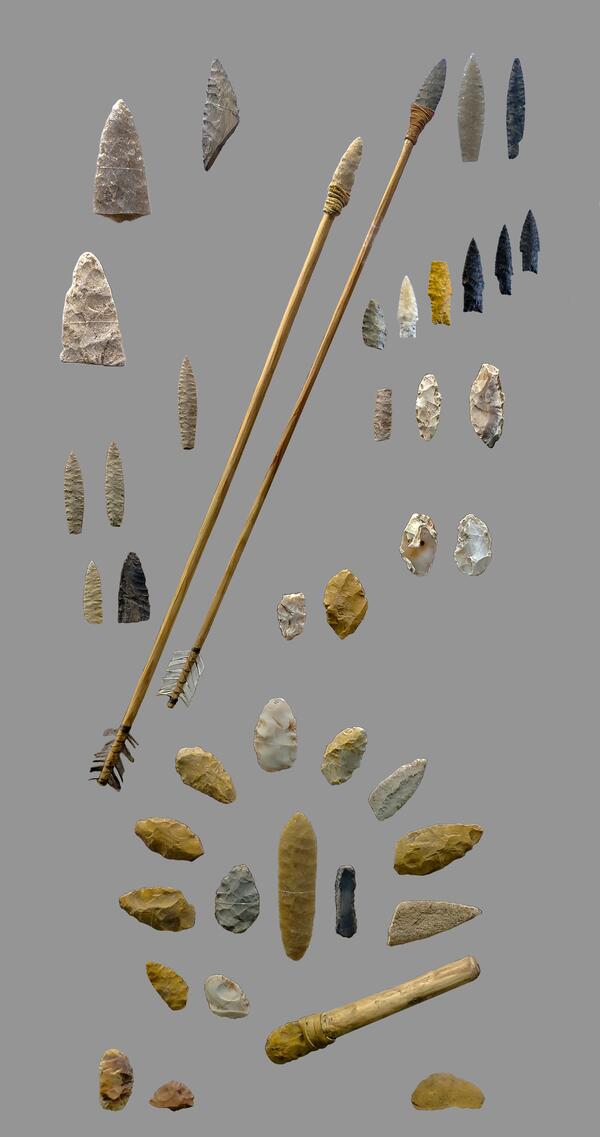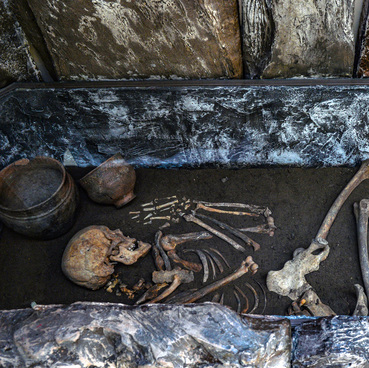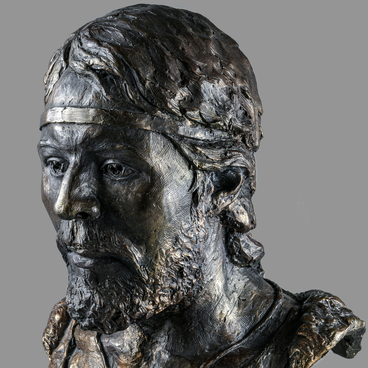This amazing collection of Aenolithic objects was given to the museum by Orsk resident, Alexander Viktorovich Morozov in 2008. He find the objects on the river bank in Kusem.
The bulk of the collection is made up of 70 items, made from stone, bone and clay. The javelin, spear and arrow tips, knives, scraping knives and others are all beautifully made. They are evidence of very skillful stone work: trimming, pressure flaking, filing, marking and polishing.
A significant proportion of the collection is made up of different double-sided filed javelin, spear and arrow tips. They have been produced by trimming and pressure flaking the stone. The wafer-thin arrow tips made of flint are greatly admired. They are so elegant to give the impression that they are works of art. Works so beautiful in fact, that you want to admire them rather than losing or breaking them by firing.
A significant proportion of the collection is made up of different double-sided filed javelin, spear and arrow tips. They have been produced by trimming and pressure flaking the stone. The wafer-thin arrow tips made of flint are greatly admired. They are so elegant to give the impression that they are works of art. Works so beautiful in fact, that you want to admire them rather than losing or breaking them by firing.
• Hatchet - quartzite rock. Objects similar in shape and materials were discovered in a scattered burial ground in Narym Bai in the northern Caspian region.
• ‘Irons’ - talc - carbonate chloride. These were used to straighten arrows and darts. The original site of ‘irons’ can be fairly confidently placed in the Middle East, where they were used until the sixth century BC and received the name - grooved stones.
• Grinder or polisher shaped like a book, made from sandstone, with the top of the boot broken off. Most likely used for rubbing or smoothing the seams on leather items.
• Fragment of a sandstone dish, which was probably used as a stamp for applying ornaments to earthenware jars.





